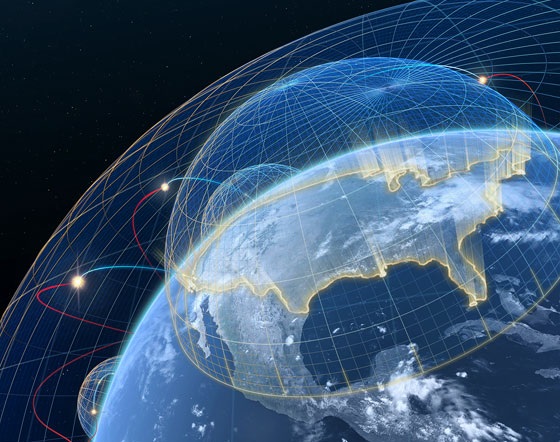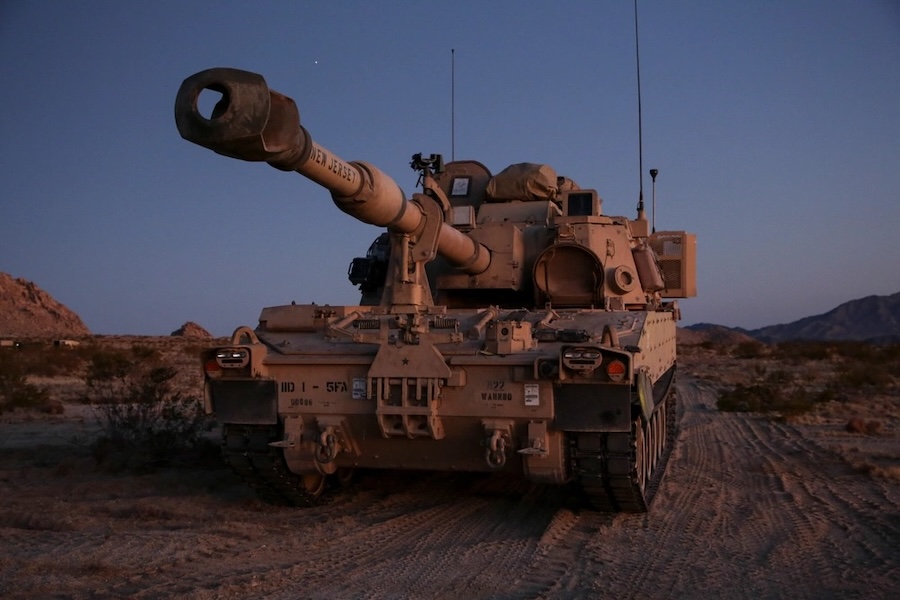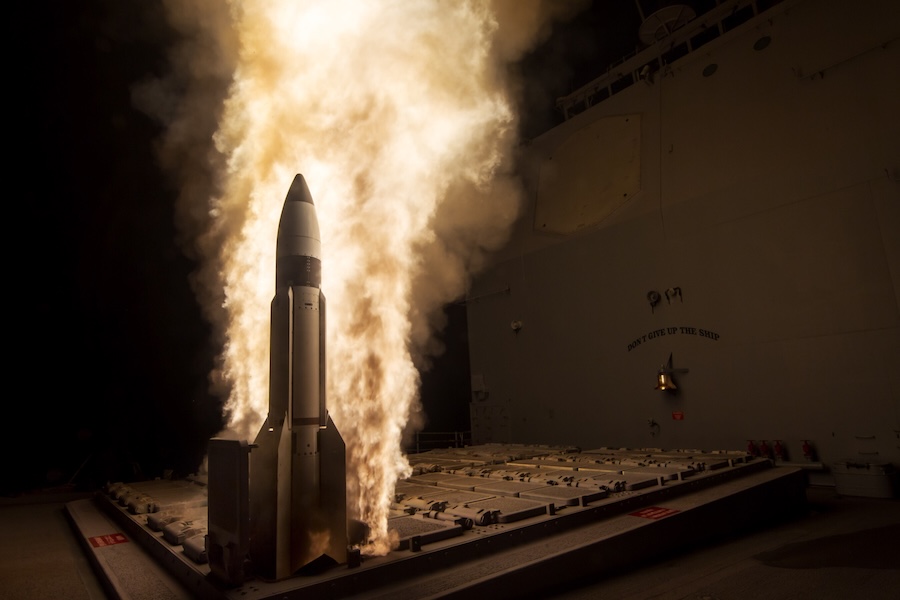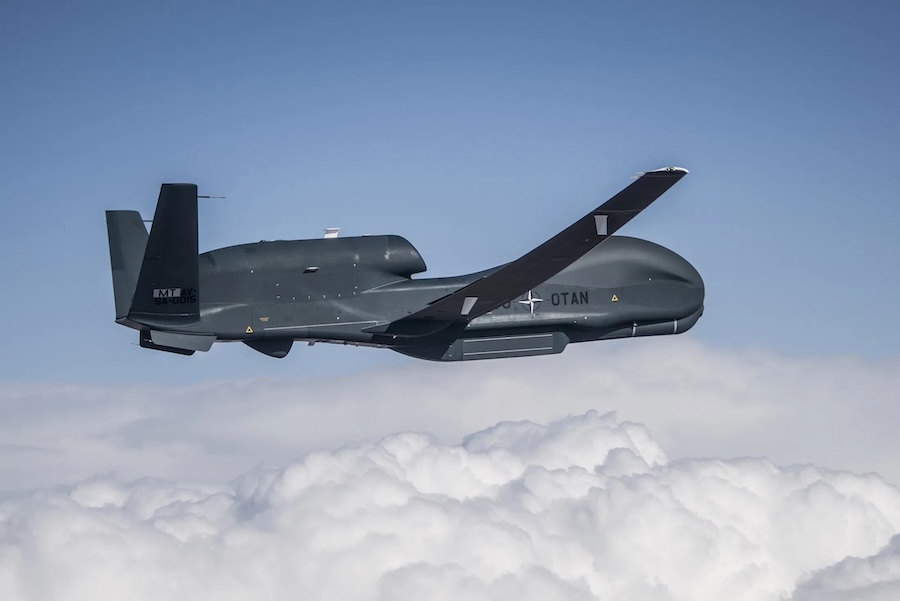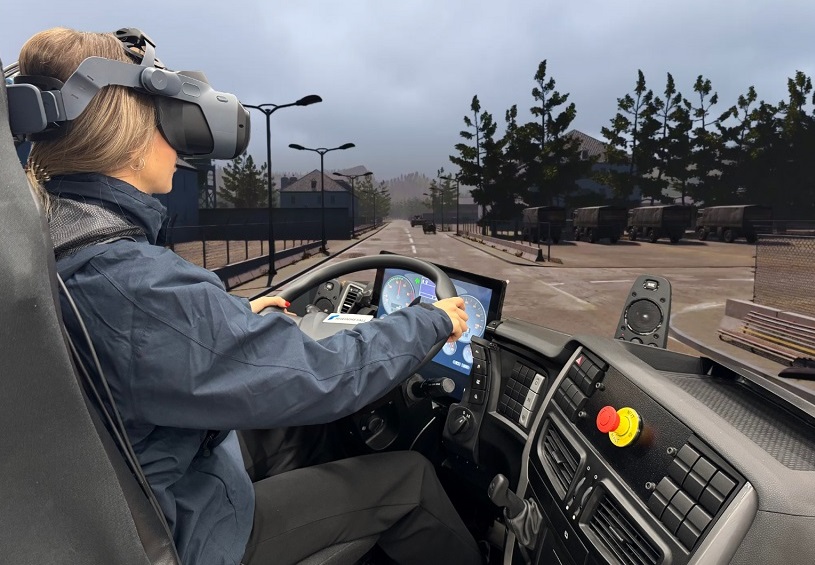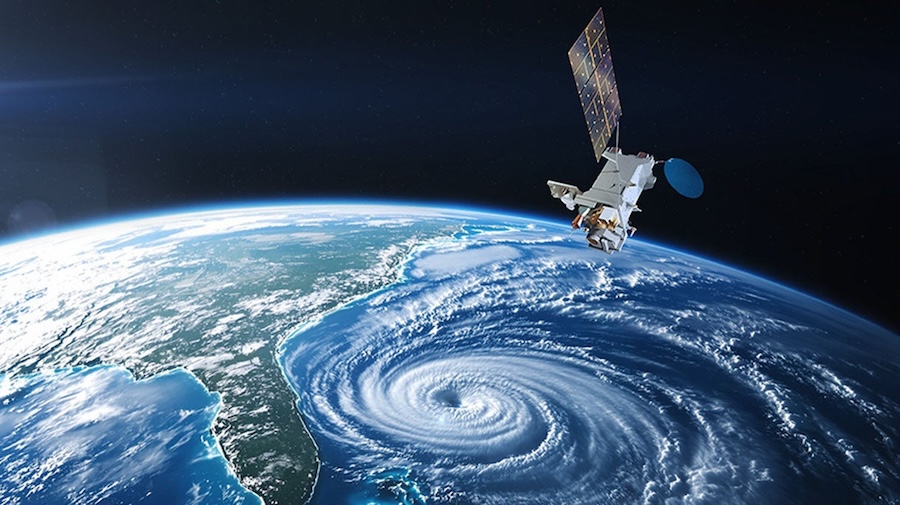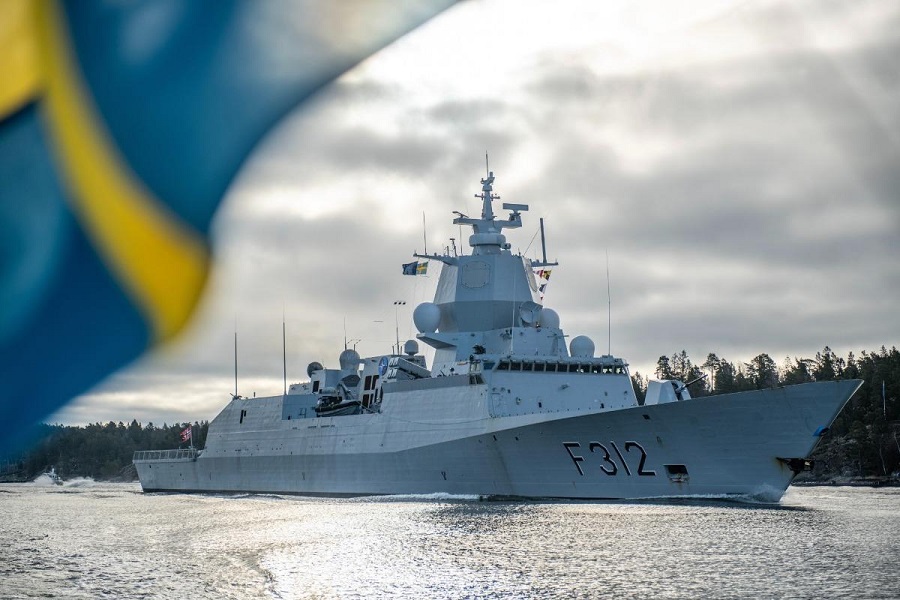The €4.8 million programme will develop numerical models and experimental methods to understand how hulls, rudders and propellers generate noise. It runs until late 2029 and aims to deliver higher fidelity simulations and improved measurement techniques to support the design of quieter and more efficient platforms while meeting EU environmental rules.
SPHYDA builds on earlier EDA and EU funded projects that focused mainly on propeller noise and hydrodynamic performance. Its broader scope covers whole vehicle acoustics and aligns with European capability priorities in underwater warfare, while complementing NATO research on sonar and autonomous systems.
The project will design and build an autonomous underwater vehicle for towing tank and manoeuvring basin tests. It will also carry out outdoor trials to record far field noise in realistic conditions.
Reducing radiated noise is a growing priority for navies that need to curb detection ranges. The consortium expects SPHYDA to deliver tools, datasets and design guidelines that support the next generation of low noise underwater vehicles.
“SPHYDA is a crucial step toward developing the capability to diagnose and predict the complex hydrodynamic mechanisms responsible for the generation and propagation of noise from underwater vehicles in real operating conditions,” said Riccardo Broglia, Research Director at the Institute of Marine Engineering of the Italian National Research Council, the project manager.
Source: European Defence Agency (EDA).












